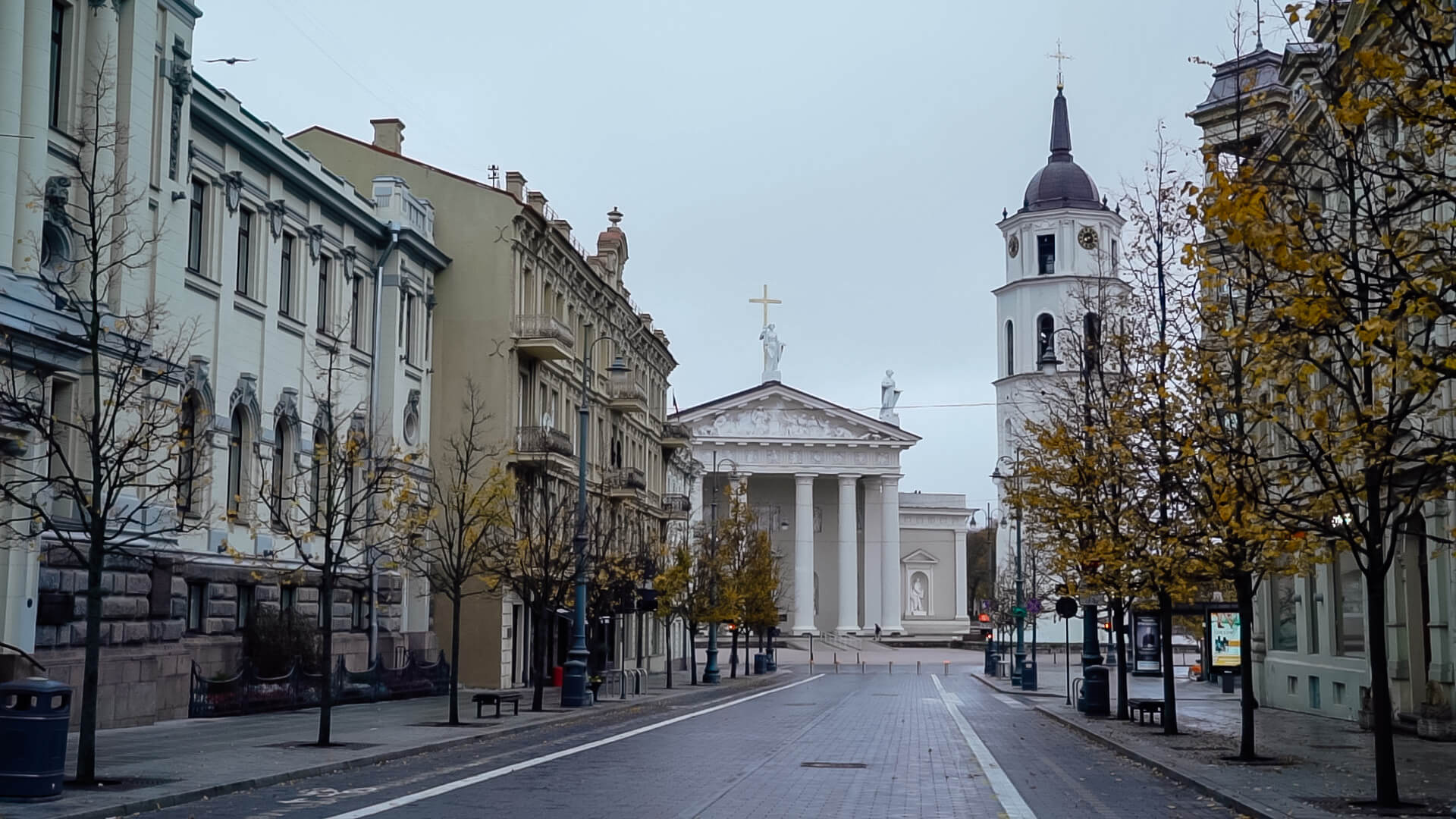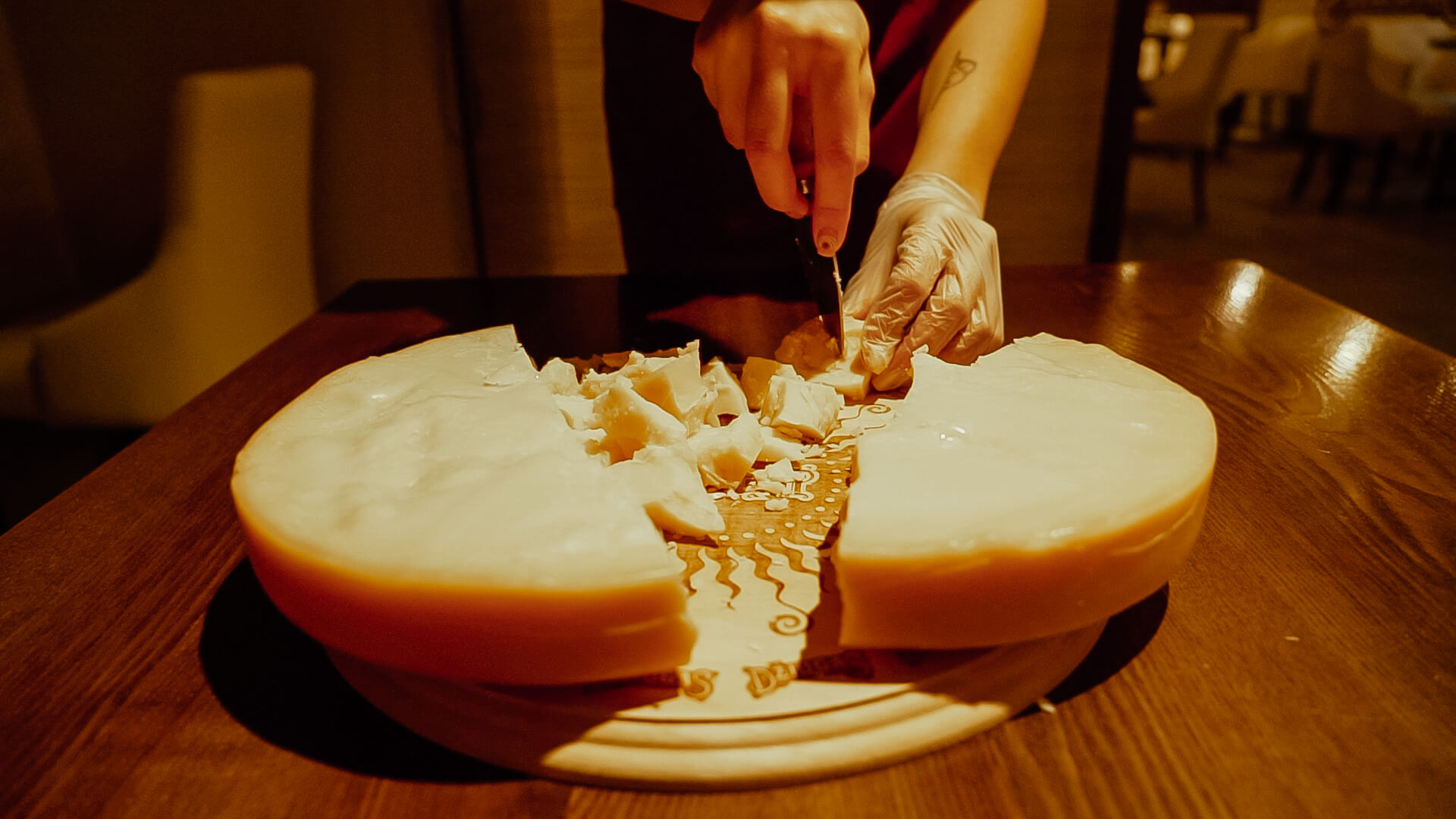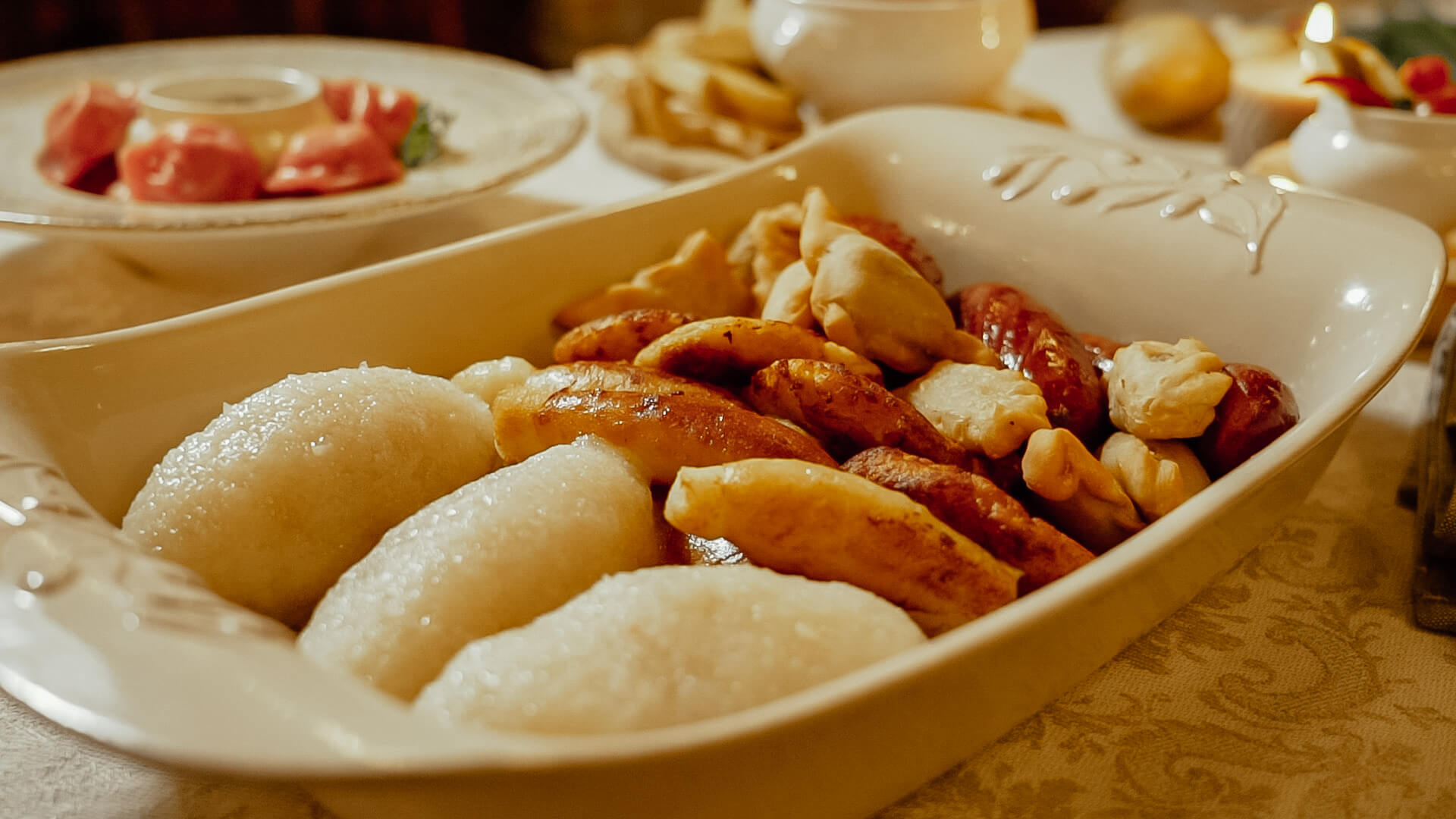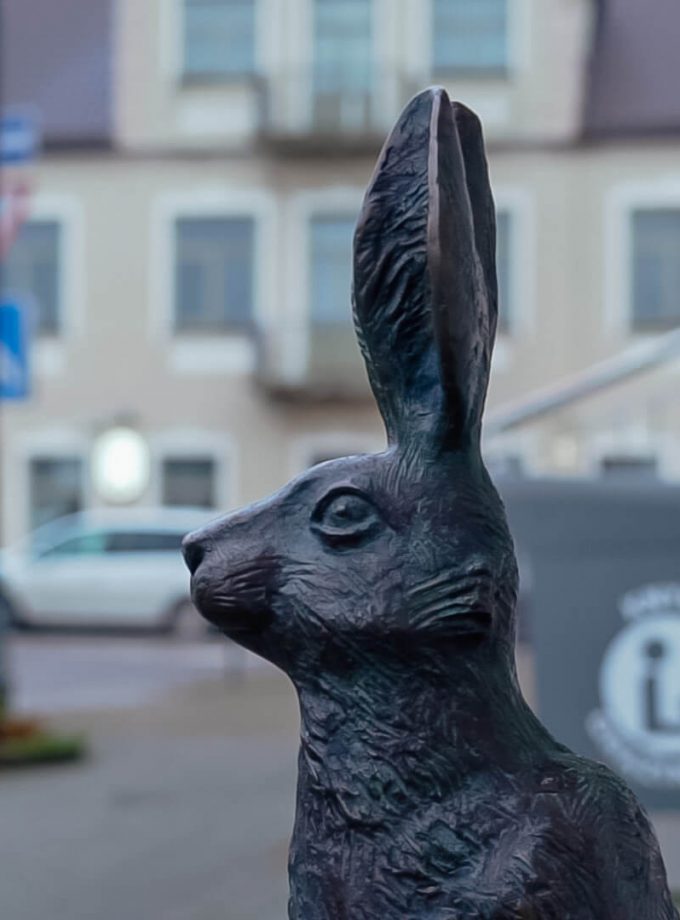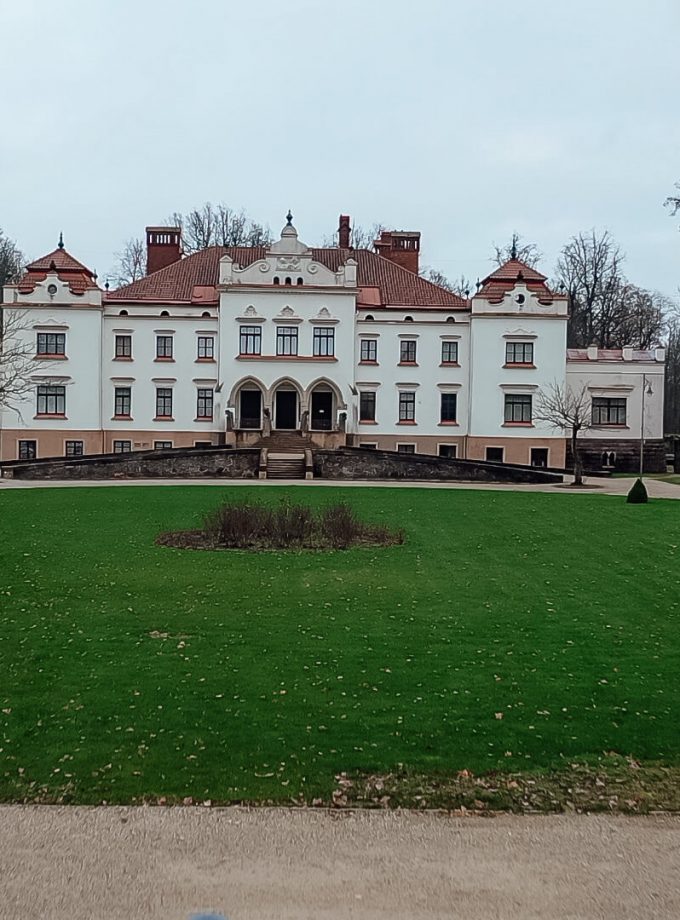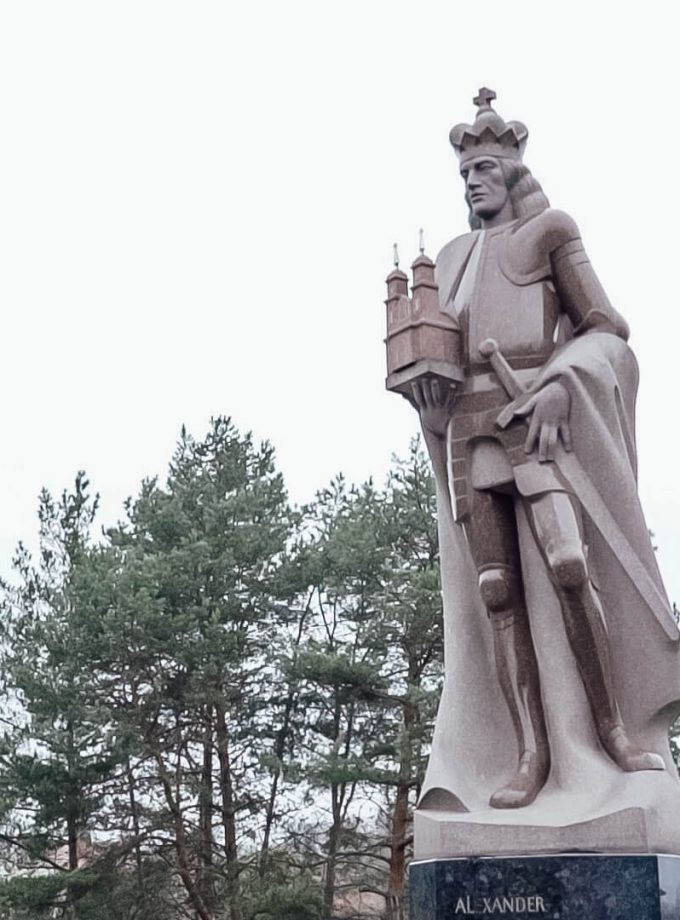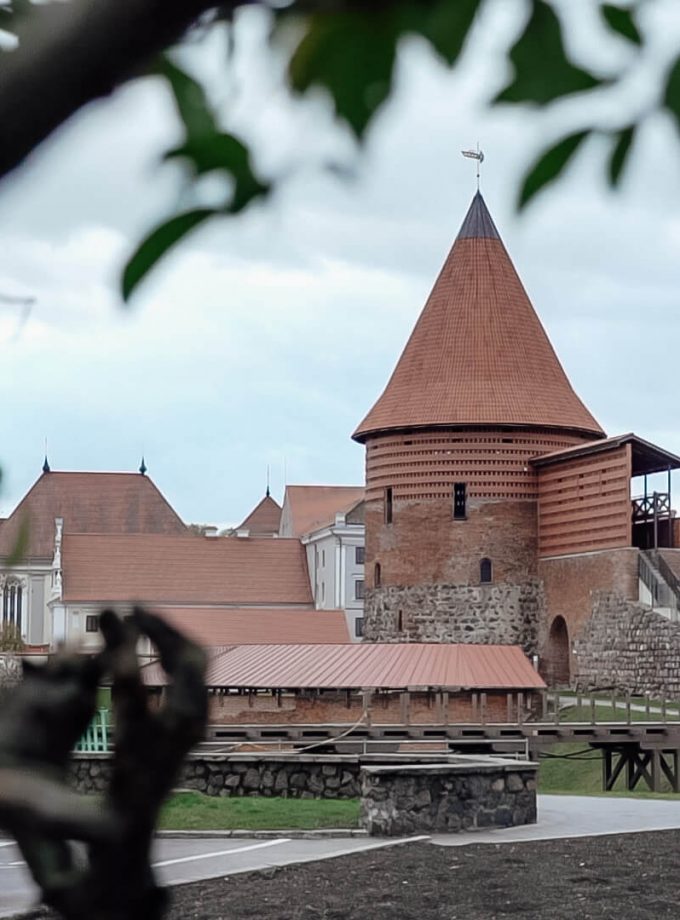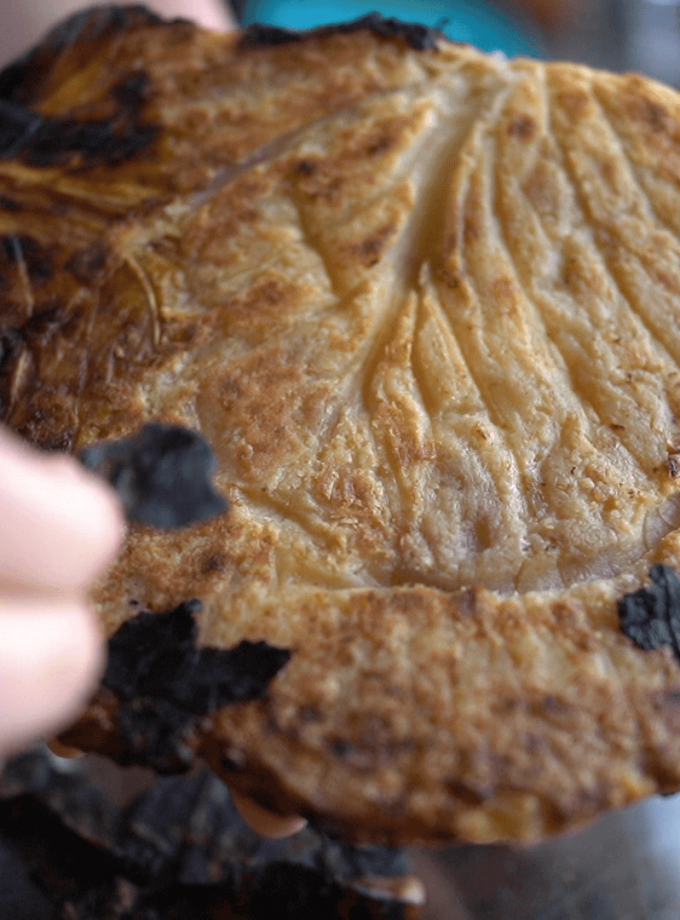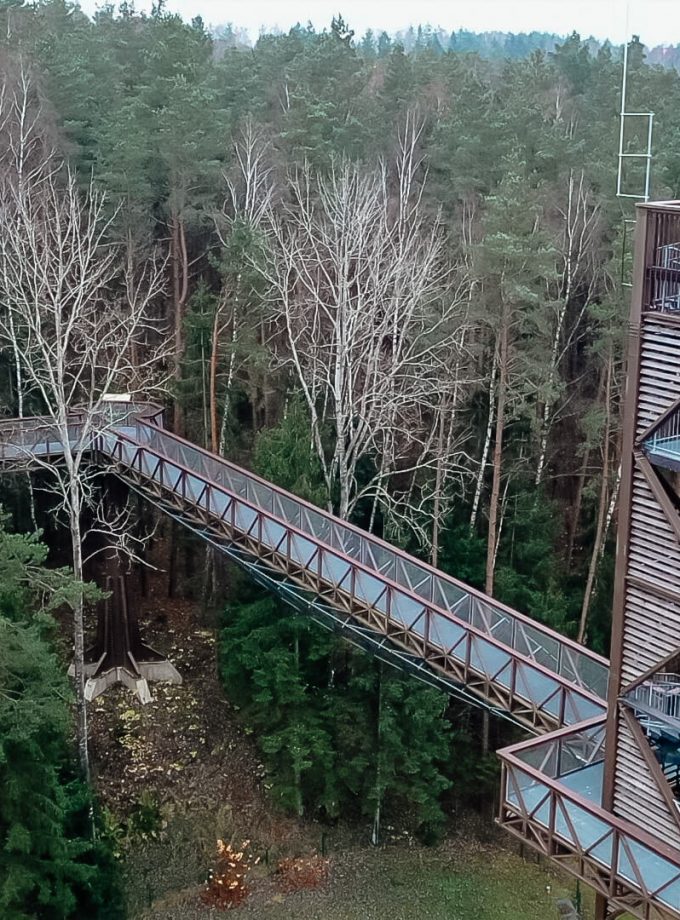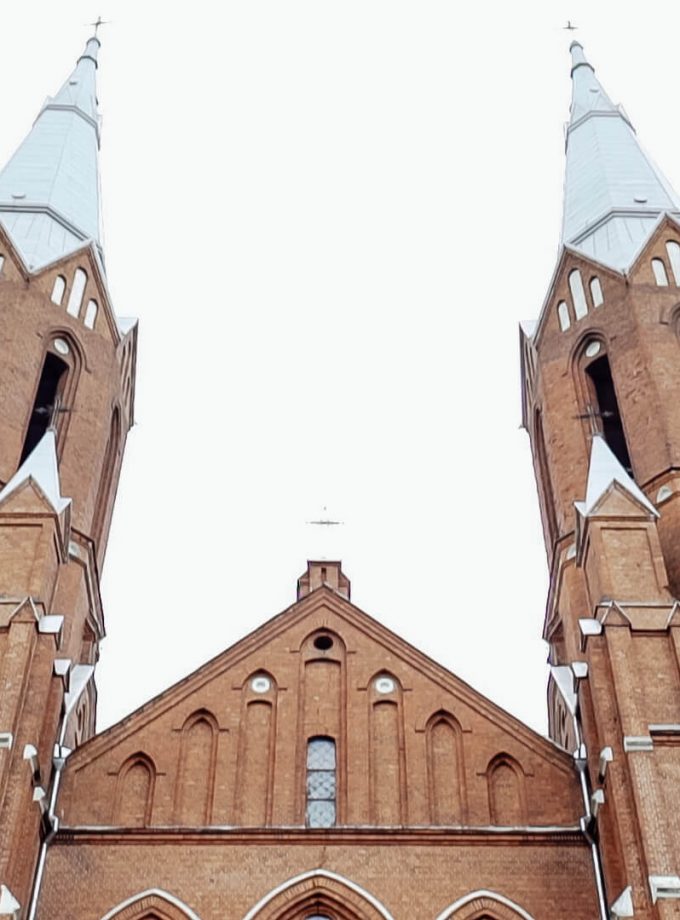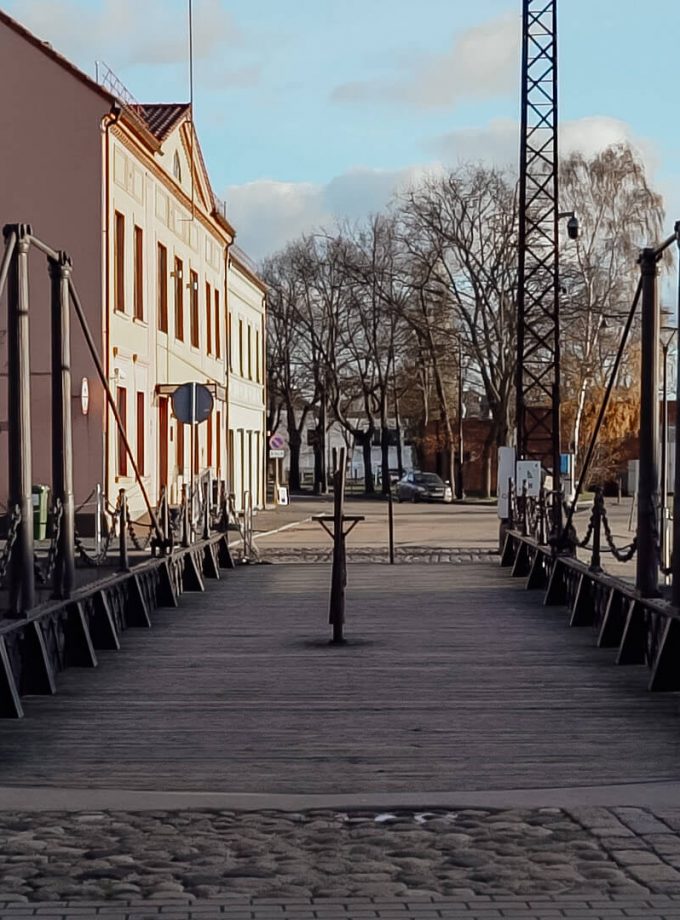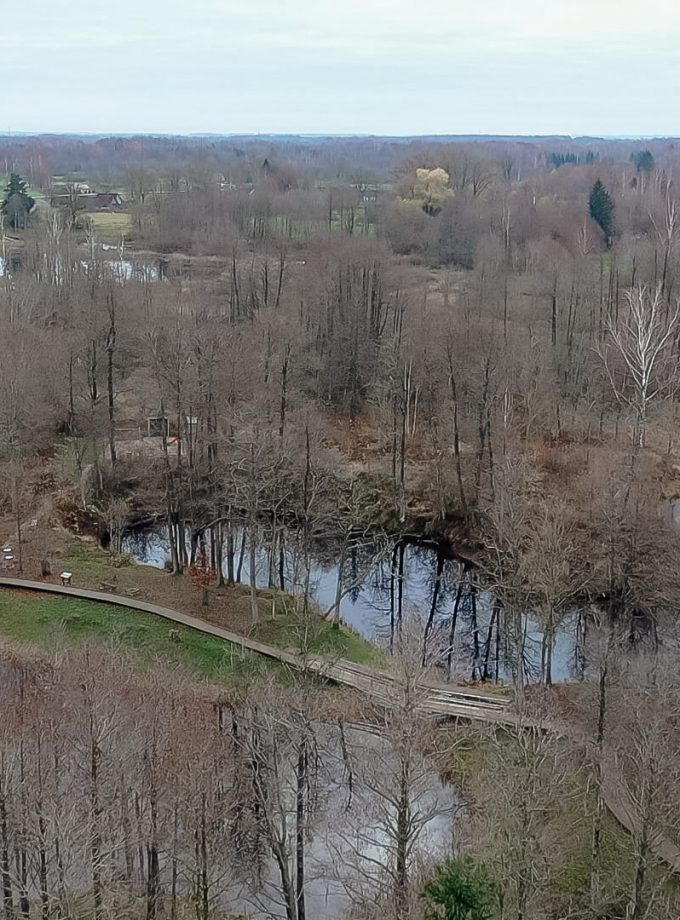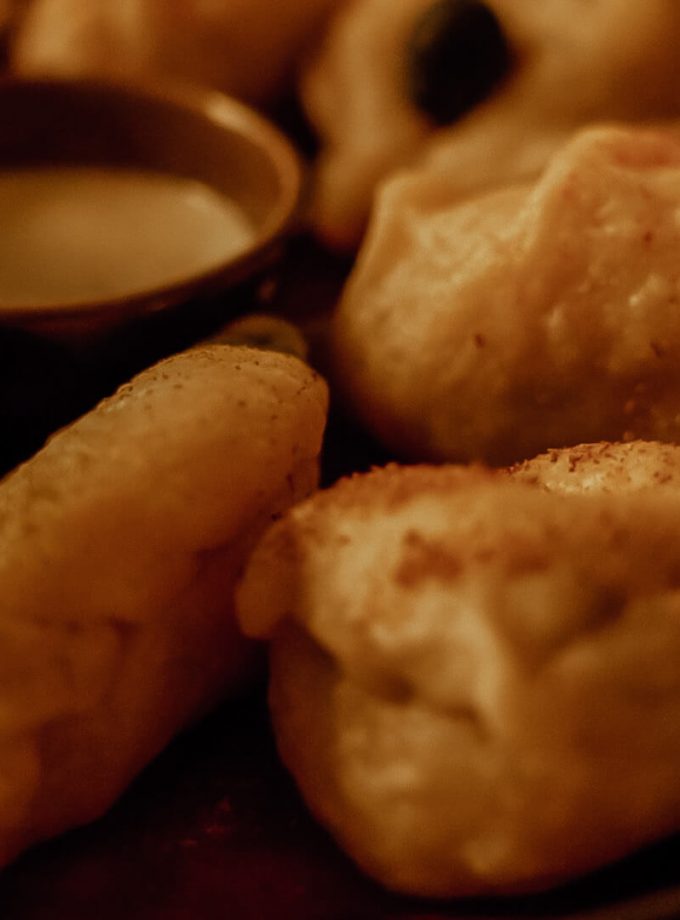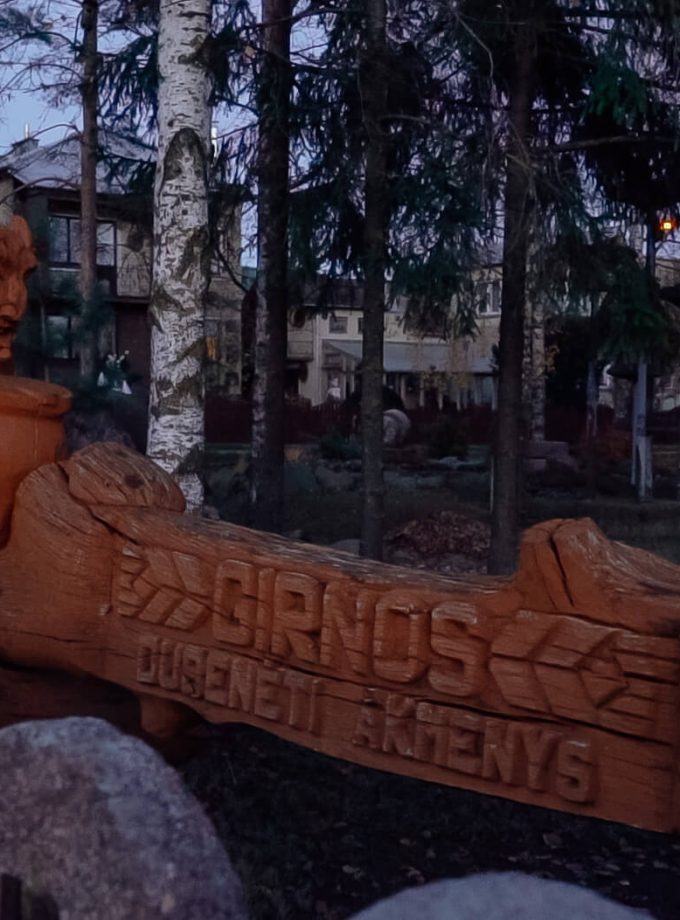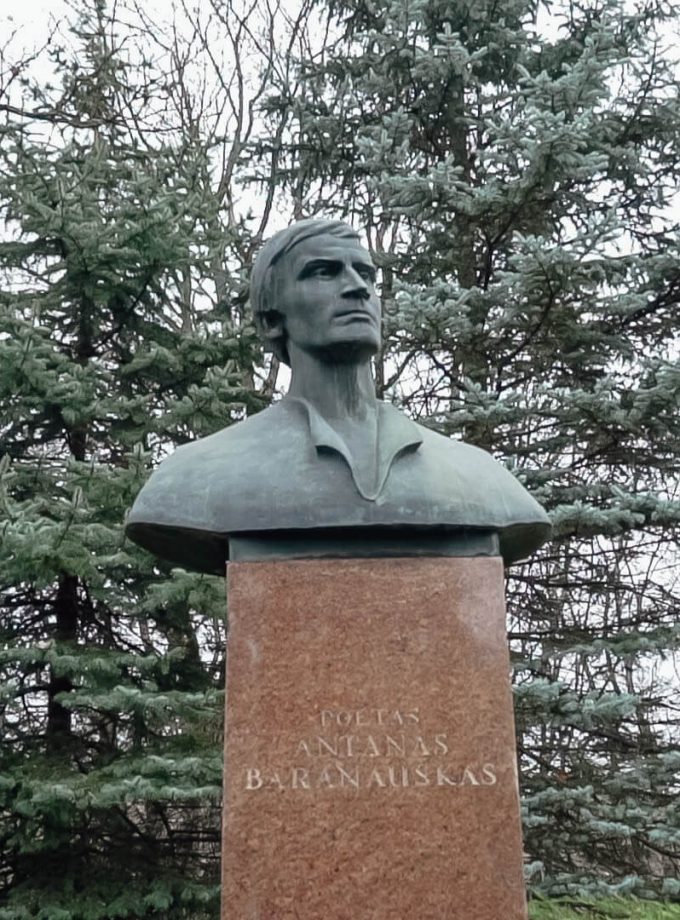Vilnius Old Town with food tastings
The largest city in Lithuania and its capital Vilnius. The city’s old town is a UNESCO World Heritage Site, surpassing Riga and Tallinn in size.
According to the legend, the Grand Duke Gediminas, had a dream that an iron wolf is standing on a hill and howling, founded the city here on the advice of a pagan priest, the greatness of which is spread all over the world.
We will start our tour and acquaintance with the city of Vilnius from the Cathedral Square, where not only the beautiful Cathedral building stands, but the Cathedral bellfry helps Vilnius residents to count the time and always reminds with its rings of those who are late to the date. This is where the history of Vilnius begins. We will see the Gediminas Tower, the symbol of Vilnius, standing on the hill, where the mask of the wolf in Gediminas’ dream. At the foot of the mountain, according to historical sources and details, the palace of the rulers was restored, where the rulers once lived, ruled, celebrated, meet foreign guests and decided the fate of the country.
We will walk on the main and oldest castle street in the Old Town, which is decorated with old houses of Vilnius people reminiscent of the Renaissance and Gothic times. We will see St. St. Anne’s Church, which with its flaming Gothic architecture finds no equal. Interestingly, 33 different forms of bricks were used in its construction, and the famous French warrior Napoleon wanted to take it on the palm of his hand and take it to Paris.
We will visit the oldest university in eastern Europe – Vilnius University. The doors of his old library are decorated with the history of a Lithuanian book and the mystical kites of Baltic culture, which bring success. The façade of the old university building is still adorned with symbols of space bodies and tools to explore them. And this indicates that the first observatory was established here, and the courtyards and walls of the university developed many important personalities for Lithuania.
In the courtyard of Alumnatas, we will feel as if we are in Italy. Sometimes Vilnius has a nickname for northern Italy. From here you can even look at the most important leader of the state – the inner courtyard of the Presidency. Lithuania is called a safe state, because here you will not see a guard near the Presidency building.
Literatų Street is the most popular project of artists implemented in Vilnius Old Town. Here, on the wall of buildings and a brick fence, you will see the works of Vilnius Academy of Arts students for writers and poets who are in one way or another related to Vilnius. Most of the works are dedicated to Lithuanian writers, but you can also find works of art dedicated to famous foreign literature masters.
We will take a walk around the Glass Quarter, which counts more than 600 years of history. Once occupied most of what is now the Old Town, it was a Jewish residence, a town of goldsmiths, glassblowers, craftsmen and financiers. As if hidden among the city’s major streets, the quarter still houses jewelers, local artists’ and craftsmen’s shops and workshops, cozy restaurants, a chamber orchestra, art galleries and one of the oldest functioning Stikliai hotel.
In one of the most important Town Hall squares, we will try to guess from the colorful buildings, which are the oldest and most reminiscent of trade times. The City Hall in Vilnius refers to an autonomous city with its own self-government. And who made it up and how was trade regulated?
Although Vilnius was on the outskirts of Europe and all architectural tendencies reached it only 200 years late, the Baroque was the era that began in Vilnius as it did in the whole of Europe. We will see the first baroque patron saint of Lithuania Casimir’s Church, the cornerstone of which was enroled by 300 men a couple of kilometers away, and the dome is adorned with a crown.
Walking down the street towards the Gates of Dawn, we will find ourselves in the so-called part of the Old Town in the triangle of religions. Vilnius has long been known as a multicultural and tolerant city, so here we will be able to establish ourselves and see Catholics, Orthodox and Greek Catholics coexisting in a small patch of land. We will end the tour at the gates of Dawn the most important Catholic shrine in Lithuania, in the chapel where Pope John Paul II himself prayed, and painting of the St. Virgin Mary, known as the Madonna of the Gate of the Dawn, important to all religions, is famous for mercy, and its copies are kept in the churches of many countries.
During this tour, we will invite those who are hungry to enjoy real Lithuanian dishes. Not a single traveler would overcome the saturated traditional Lithuanian zeppelins – so we will offer you to taste their reduced variants – mini zeppelins. We will taste mysterious-sounding vedarai, the famous pink soup – cold beetrout. We will taste non-alcoholic Lithuanian beer.
Or
We will taste delicious “Džiugas” cheese. Džiugas is the name of a delicious, special-tasting cheese. The cheese is made only from high-quality selected cow’s milk and is carefully supervised by qualified specialists throughout the maturing process. Due to the unique patented technology and the composition of the yeast cultures used, this cheese acquires its unique characteristics during ripening. Each piece of “Džiugas” delights the palate with subtle strength, barely perceptible sharpness and pleasantly crunchy delicate crystals of calcium salt, “Džiugas” of different maturation has different subtleties of taste. Hard cheese will reveal itself to you – you will learn with whom it is compatible, how to taste it, so that you can feel such a rich palette of flavors and aromas, for which this cheese has been appreciated by gourmets.

